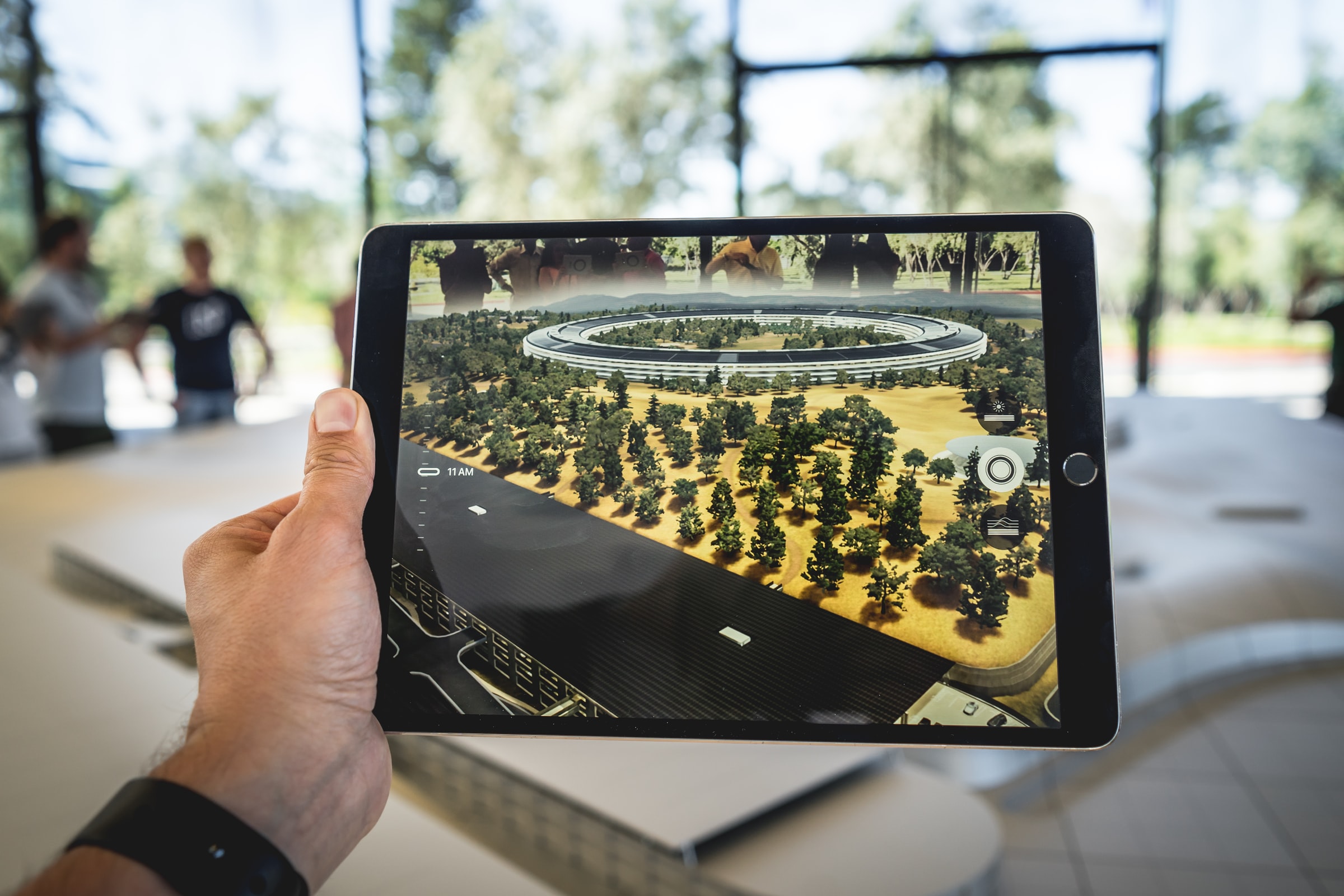Meta's Augmented Reality Has Arrived


Claire Fitzpatrick
Claire Fitzpatrick was a Senior Media Analyst at Gupta Media, working with clients including Sony Music, Disney Music Group, and Levitate Music Festival.
March 29, 2022
According to Forbes, the augmented reality and virtual reality market for the retail industry is expected to reach “$2.1 billion by 2027, witnessing market growth at a rate of 68.5% in the forecast period of 2020 to 2027.”
Meta, which pivoted its business strategy to capitalize on augmented and virtual reality, recently granted advertisers the ability to promote Instagram Augmented Reality (AR) Effects. These AR experiences change users’ surroundings or appearance in real time while a photo or video is being taken. AR Effects are a creative method of encouraging consumers and target audiences to interact directly with your brand, as well as a way to disseminate your brand’s message through user generated content (UGC) shared to consumer-owned accounts. This is valuable word-of-mouth, considering 500 million accounts use IG Stories daily and 58% of users say they’re more interested in a brand after seeing it on Stories or Reels.
Putting paid support behind your brand’s custom lenses is a great way to generate awareness of your effect and, as a result, your brand.
How can you start promoting your brand’s Instagram AR Effects?
Effects must first be created and published in Meta’s Spark AR platform. To assist brands, Meta has published a number of resources about navigating its Spark AR Studio, creating different types of effects, and utilizing its pre-made templates. The asset must fall within size limits and meet both Spark AR Policies and Facebook Advertising Policies in order to be eligible for promotion. It can take up to 5 days for Meta to review the effect, so it’s best to be proactive and factor this review period into your timeline when launching an augmented campaign.
Once the effect is uploaded to the Spark AR Studio:
- You can generate a link for your effect, which will follow the following format: https://www.instagram.com/ar/effect_id.
- After this link is shared with the advertiser, they will plug the link into the ‘Website URL’ field in Meta Ads Manager, automatically updating the ad’s CTA to ‘Try In Camera’.
- When the ad CTA is clicked, the user’s camera will automatically open, allowing them to use the effect and share to their own accounts.
It’s important to note that, as this Spark AR URL populates the ‘Website URL’ field for the ad, no other destination link can be utilized. Therefore, this should be seen as an engagement, not conversion tool.
Clicking on the CTA will automatically open the user’s camera enabling them to try the effect and share to their own accounts.
Spark AR links also cannot be layered over a boosted post – they can only be included in a dark ad. Therefore, it’s best to have a video asset demonstrating the effect on-hand for the advertiser to utilize in a dark ad.
How can the impact of these effect ads be measured?
Within the Spark AR hub, organic and paid results are consolidated. You’ll be able to see:
- Instant Experience Clicks to Open: The number of times users tapped your ad to open the effect
- Instant Experience View Time: Average number of seconds users spent viewing your AR effect
- Instant Experience Outbound Clicks: Number of times users clicked your CTA button
- Effect Shares: Number of times someone used the effect from your ad (posts to users’ IG Stories and Reels)
For more information on the Spark AR platform, please visit these resources from our friends at Meta: